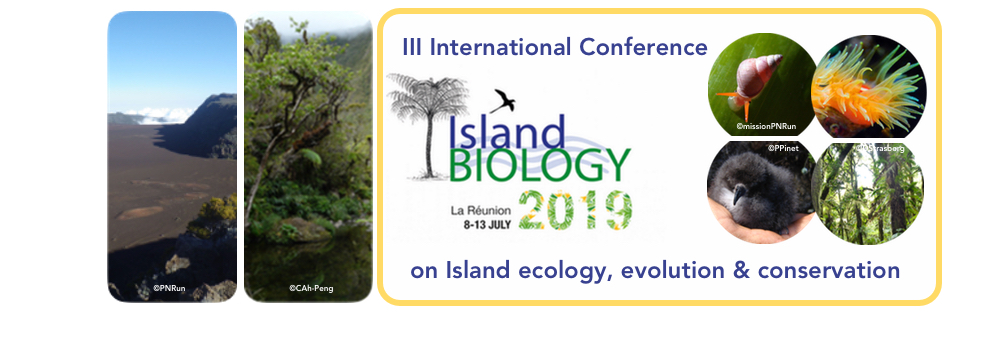Due to limited resources and the high species richness observed in coral reefs, scientists and managers have to focus monitoring activities on a subset of taxa. Here, in the context of the SIREME project (10th EDF Indian Ocean), we investigated the functional structure of wilderness coral reef fish assemblages of the Western Indian Ocean (WIO) : Mayotte and the Îles Éparses, Mozambique Channel. By studying the relationship between function importance and vulnerability, we illustrate an approach useful to characterise particular species and populations as conservation priorities. We evaluated the functional diversity (FD) and vulnerability of fish assemblages in various coral reefs in the WIO. Fish species were described using six functional traits. Functional entities (FEs) were defined as unique combinations of these traits, with each species belonging to a single FE. We used biomass as a proxy for measuring the importance of FEs and functional vulnerability using the distribution of species, individuals and sensitivity to fishing across FEs. By combining information on vulnerability and importance, we identify FEs – and thus species – that are priorities for future monitoring and conservation actions. Using beta-diversity measures, we evaluated the congruence of functional conservation priorities across assemblages. A total of 398 species distributed among 162 FEs were identified. We found that the distribution of species and individuals within these FEs was uneven, and that many FEs appear vulnerable to the loss of species or individuals. The beta-diversity of priority FEs was found to be moderate or high across the six assemblages. The functioning of reef fish assemblages in the WIO is highly vulnerable to the loss of species and individuals. Because priority FEs are dissimilar across islands, management measures should be adapted to each system. We show that the approach adopted in this study is useful for identifying priority species for conservation and management purposes in coral reefs.

|
|
|
|
Functional vulnerability in Western Indian coral reef fishes: indicator species and conservation priorities
1 : MARine Biodiversity Exploitation and Conservation
(UMR MARBEC)
-
Website
Institut de Recherche pour le Développement : UMR_D 248, Institut français de Recherche pour l'Exploitation de la Mer : UMR9190, Université de Montpellier : UMR9190, Centre National de la Recherche Scientifique : UMR9190
Université de Montpellier,Place Eugène Bataillon, Montpellier -
France
2 : Ecologie marine tropicale dans les Océans Pacifique et Indien
(ENTROPIE [Réunion])
Centre National de la Recherche Scientifique : UMR9220, Université de la Réunion, Institut de Recherche pour le Développement
UNIVERSITE DE LA REUNIONFaculté des Sciences et Technolo15 Avenue René CasinBP 9200397744 ST DENIS CEDEX 9 -
France
3 : MARine Biodiversity Exploitation and Conservation
(UMR MARBEC)
Institut de Recherche pour le Développement : UMR_D 248, Institut français de Recherche pour l'Exploitation de la Mer : UMR9190, Université de Montpellier : UMR9190, Centre National de la Recherche Scientifique : UMR9190
Centre de Sète UMR MARBEC SETE - Avenue Jean Monnet - CS3017134203 SETE CEDEX -
France
4 : University of Reunion Island
University of Reunion Island
97490 Sainte-Clotilde France -
France
5 : galaxea
SAS Galaxea
30 rue des Mouettes. 97 434 Saline les Bains. La Réunion -
France
6 : University of Birmingham [Birmingham]
* : Corresponding author
EdgbastonBirmingham B15 2TT -
United Kingdom
|
| Online user: 53 | RSS Feed |

|
 PDF version
PDF version